Acetylene was discovered in 1836 by Edmund Davy, who identified it as a “new carburet of hydrogen”.It was rediscovered in 1860 by French chemist Marcellin Berthelot, who coined the name “acetylene”. Berthelot was able to prepare this gas by passing vapours of organic compounds (methanol, ethanol, etc.) through a red-hot tube and collecting the effluent. He also found acetylene was formed by sparking electricity through mixed cyanogen and hydrogen gases. Berthelot later obtained acetylene directly by passing hydrogen between the poles of a carbon arc. Commercially available acetylene gas could smell foul due to the common impurities hydrogen sulphide and phosphine. However, acetylene gas with high purity would generate a light and sweet smell.
- Applications
Approximately 20 percent of acetylene is supplied by the industrial gases industry for oxyacetylene gas welding and cutting due to the high temperature of the flame; combustion of acetylene with oxygen produces a flame of over 3600 K (3300 °C, 6000 °F), releasing 11.8 kJ/g. Oxyacetylene is the hottest burning common fuel gas. Acetylene is the third hottest natural chemical flame after dicyanoacetylene’s 5260 K (4990 °C, 9010 °F) and cyanogen at 4798 K (4525 °C, 8180 °F). Oxy-acetylene welding was a very popular welding process in previous decades; however, the development and advantages of arc-based welding processes have made oxy-fuel welding nearly extinct for many applications. Acetylene usage for welding has dropped significantly. On the other hand, oxy-acetylene welding equipment is quite versatile – not only because the torch is preferred for some sorts of iron or steel welding (as in certain artistic applications), but also because it lends itself easily to brazing, braze-welding, metal heating (for annealing or tempering, bending or forming), the loosening of corroded nuts and bolts, and other applications. Bell Canada cable repair technicians still use portable acetylene fueled torch kits as a soldering tool for sealing lead sleeve splices in manholes and in some aerial locations. Oxyacetylene welding may also be used in areas where electricity is not readily accessible. As well, oxy-fuel cutting is still very popular and oxy-acetylene cutting is utilized in nearly every metal fabrication shop. For use in welding and cutting, the working pressures must be controlled by a regulator, since above 15 psi, if subjected to a shockwave (caused for example by a flashback), acetylene will decompose explosively into hydrogen and carbon. Calcium carbide was used to generate acetylene used in the lamps for portable or remote applications. It was used for miners and cavers before the widespread use of incandescent lighting; or many years later low-power/high-lumen LED lighting; and is still used by mining industries in some nations without workplace safety laws. It was also used as an early light source for lighthouses.
- Niche applications
- In 1881, the Russian chemist Mikhail Kucherov described the hydration of acetylene to acetaldehyde using catalysts such as mercury(II) bromide. Before the advent of the Wacker process, this reaction was conducted on an industrial scale.
- The polymerization of acetylene with Ziegler-Natta catalysts produces polyacetylene films. Polyacetylene, a chain of CH centres with alternating single and double bonds, was the one of first discovered organic semiconductors. Its reaction with iodine produces a highly electrically conducting material. Although such materials are not useful, these discoveries led to the developments of organic semiconductors, as recognized by the Nobel Prize in Chemistry in 2000 to Alan J. Heeger, Alan G MacDiarmid, and Hideki Shirakawa.
- In the early 20th Century acetylene was widely used for illumination, including street lighting in some towns. Most early automobiles used carbide lamps before the adoption of electric headlights.
- Acetylene is sometimes used for carburization (that is, hardening) of steel when the object is too large to fit into a furnace.
- Acetylene is used to volatilize carbon in radiocarbon dating. The carbonaceous material in an archeological sample is treated with lithium metal in a small specialized research furnace to form lithium carbide (also known as lithium acetylide). The carbide can then be reacted with water, as usual, to form acetylene gas to be fed into mass spectrometer to measure the isotopic ratio of carbon-14 to carbon-12.
- Safety and handling
Acetylene is not especially toxic but, when generated from calcium carbide, it can contain toxic impurities such as traces of phosphine and arsine, which give it a distinct garlic-like smell. It is also highly flammable, as most light hydrocarbons, hence its use in welding. Its most singular hazard is associated with its intrinsic instability, especially when it is pressurized: under certain conditions acetylene can react in an exothermic addition-type reaction to form a number of products, typically benzene and/or vinylacetylene, possibly in addition to carbon and hydrogen. Consequently, acetylene, if initiated by intense heat or a shockwave, can decompose explosively if the absolute pressure of the gas exceeds about 200 kPa (29 psi). Most regulators and pressure gauges on equipment report gauge pressure and the safe limit for acetylene therefore is 101 kPagage or 15 psig. It is therefore shipped and stored dissolved in acetone or dimethylformamide (DMF), contained in a gas cylinder with a porous filling (Agamassan), which renders it safe to transport and use, given proper handling. Copper catalyses the decomposition of acetylene and as a result acetylene should not be transported in copper pipes. Brass pipe fittings should also be avoided. Gas Properties
- Molecular weight : 26.038 g/mol
Solid phase
- Melting point : -84 °C
- Solid density : 729 kg/m3
Liquid phase
- Liquid/gas equivalent (1.013 bar and 15 °C (59 °F)) : 663 vol/vol
- Boiling point (1.013 bar) : -83.8 °C
- Latent heat of vaporization (1.013 bar at boiling point) : 801.9 kJ/kg
- Vapor pressure (at 20 °C or 68 °F) : 44 bar
Critical point
- Critical temperature : 35.1 °C
- Critical pressure : 61.91 bar
- Critical density : 230.8 kg/m3
Triple point
- Triple point temperature : -80.6 °C
- Triple point pressure : 1.282 bar
Gaseous phase
- Gas density (at sublimation point) : 1.729 kg/m3
- Gas density (1.013 bar and 0 °C (32 °F)) : 1.171 kg/m3
- Gas density (1.013 bar and 15 °C (59 °F)) : 1.11 kg/m3
- Compressibility Factor (Z) (1.013 bar and 15 °C (59 °F)) : 0.9924
- Specific gravity (air = 1) (1.013 bar and 15 °C (59 °F)) : 0.91
- Specific volume (1.013 bar and 21 °C (70 °F)) : 0.918 m3/kg
- Heat capacity at constant pressure (Cp) (1.013 bar and 15.6 °C (60 °F)) : 0.041 kJ/(mol.K)
- Heat capacity at constant volume (Cv) (1.013 bar and 15.6 °C (60 °F)) : 0.033 kJ/(mol.K)
- Ratio of specific heats (Gamma:Cp/Cv) (1.013 bar and 15.6 °C (60 °F)) : 1.259843
- Viscosity (1.013 bar and 0 °C (32 °F)) : 0.0000954 Poise
- Thermal conductivity (1.013 bar and 0 °C (32 °F)) : 18.51 mW/(m.K)



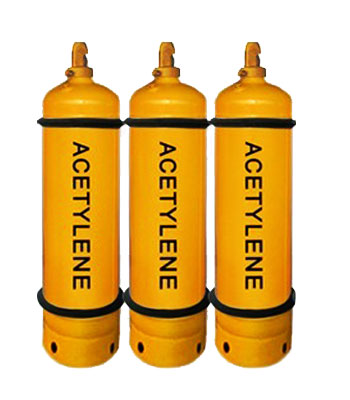
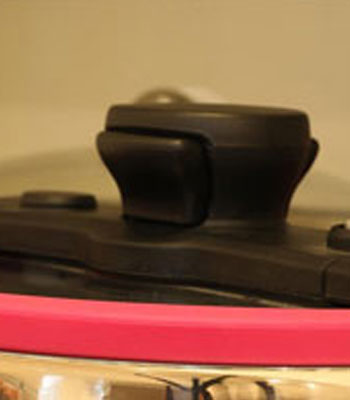
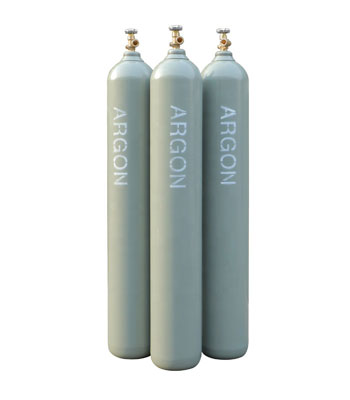
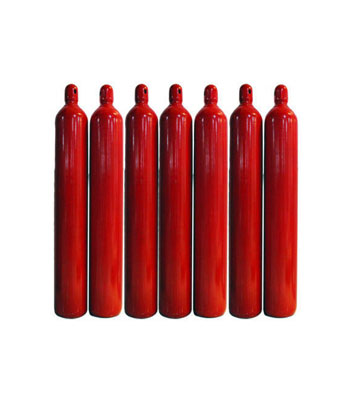
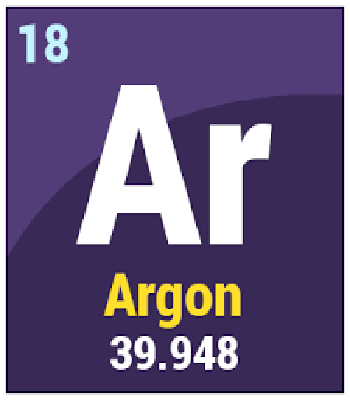
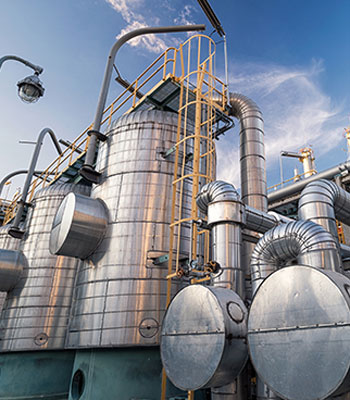
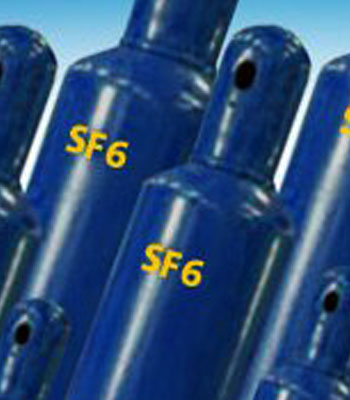
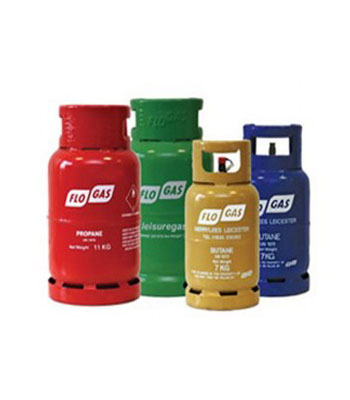
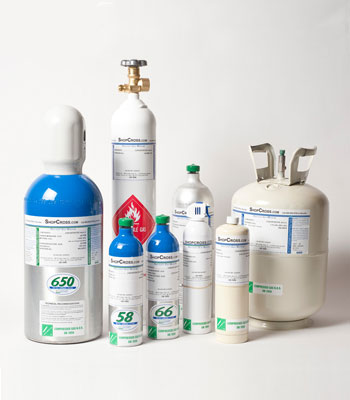
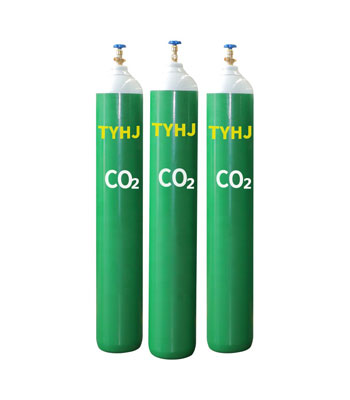
Reviews
There are no reviews yet.